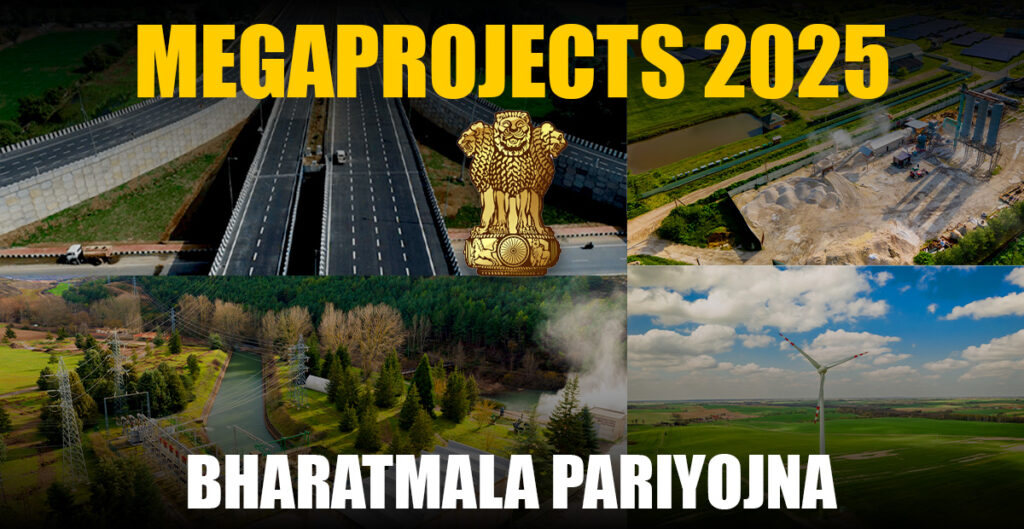Bharatmala Pariyojna: Transforming India’s Road Network
The Bharatmala Pariyojna is one of India’s largest and most ambitious road development projects. Launched by the Government of India, the project aims to reshape the nation’s road connectivity. It focuses on linking remote regions, improving freight movement, and boosting economic development.
Expanding National Highway Coverage
Bharatmala plans to build around 83,677 km of new highways. These roads will link rural and tribal areas with urban centres, connecting even the most remote corners of the country. Special attention is being given to border regions and difficult terrains like the Himalayas and the northeast. This ensures better access to commercial hubs and smoother travel for both people and goods.
The project also targets a rise in the number of connected district headquarters, from 300 to 550. With this, more areas will benefit from faster and more reliable road access.
Boosting Freight and Logistics
A key goal of Bharatmala is to enhance freight movement. Currently, only 40% of goods are transported on national highways. Bharatmala aims to increase this to 80% by creating 50 economic corridors, up from the current six. This will improve transport efficiency across the country.
Additionally, 24 logistics parks and over 8,000 km of inter-corridors will be developed. These features will help lower the time and cost needed to move goods, which benefits businesses and consumers alike.
Smarter Infrastructure Design
Bharatmala’s design includes elevated corridors, flyovers, interchanges, and ring roads. These help reduce congestion and provide faster travel routes. Advanced engineering solutions like tunnels and bridges are part of the plan, improving safety and environmental sustainability.
The project uses modern technology to ensure better road quality and safer travel. These upgrades will also support smoother long-distance travel across states.
Funding and Management
The total cost of the Bharatmala project is around ₹10.63 trillion (US$120 billion). Funding comes from a mix of public funds, private investment, and fuel-related taxes. The Central Road Fund Act 2000 helps channel these resources into the project.
To manage the work effectively, the government created the National Highways and Infrastructure Development Corporation Limited (NHIDCL). This body will focus on speeding up construction in tough terrains, especially in the northeastern regions.
Driving Growth and Opportunity
Bharatmala supports several major government schemes like Make in India, Startup India, and Digital India. Better roads will ease the flow of goods and people, boosting trade and encouraging investment.
The project is expected to create many jobs, both during and after construction. It will also improve access to services in rural and tribal areas, lifting the social and economic conditions of many communities.
A Vision for the Future
Despite facing challenges like land acquisition and environmental issues, Bharatmala has been carefully planned. Once completed, it will cut down travel time and transport costs across India. This will help industries grow and improve everyday life for millions of people.
Bharatmala is more than just a road project. It represents a bold step towards modernising India’s infrastructure and connecting its diverse regions. By building strong road links, the project aims to drive national growth and prosperity.
with inputs from Reuters


